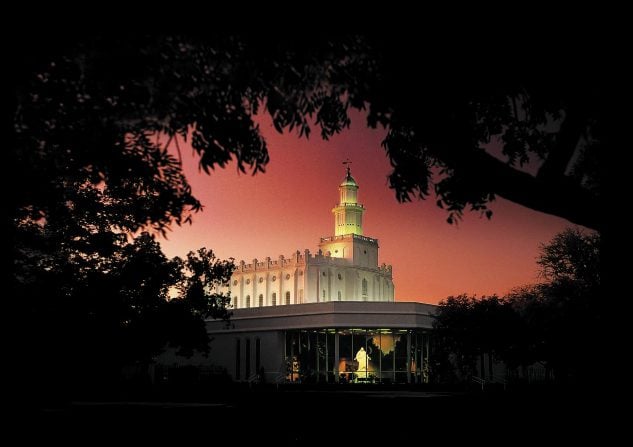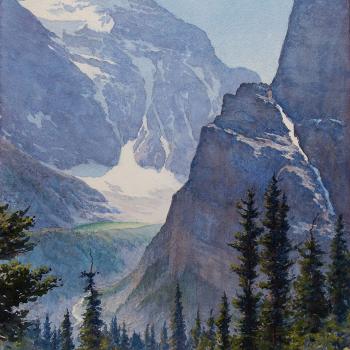
From The Book:
But the return of the Jews to Palestine is an astonishing thing, something that manifestly cannot be disconnected from the events that will ultimately occur in that area. Indeed, we need only think for a moment about the sheer improbability of the whole thing to begin to see its miraculous character. What other nation has ever come back into existence as a sovereign state more than two thousand years after its disappearance? The empire of the pharaohs is gone. Nobody thinks seriously of resurrecting the ancient Babylonian Empire (although Saddam Hussein liked to strut about as if he were some sort of Babylonian monarch). Mussolini tried to resuscitate the glories of the Roman Empire but ended his career hanging upside down, revealed to all as a tyrant and a buffoon. And Hitler’s “Third Reich,” claiming to restore the lost Roman Empire itself along with the Holy Roman Empire of Charlemagne, was supposed to last a thousand years. It managed, though, to survive only twelve—and those twelve years were cruel, barbarous, and utterly fraudulent.
But little Israel—the footpath of the ancient world, walked over and trodden down by every army that moved along the King’s Highway, deprived for many years of self-rule and then finally scattered to the four corners of the globe, persecuted and butchered as perhaps no other people in human history—little Israel maintained itself as a people and is now reborn as a state. What is more, its ancient language, Hebrew, has come back to life as a language of literature, business, and science. (Ancient languages are not always so easily maintained. In Ireland, attempts to keep the old Gaelic tongue alive are failing even as I write.) The mere fact that Israel is a commonplace subject of newspapers, magazines, and television news should not be allowed to obscure for us the miraculous fact of its sheer existence.
With all of this, however, there still remain steps toward the Second Coming that we are not yet authorized to take. Leaders of the Church of Jesus Christ of Latter-day Saints have consistently taught that the time to take the gospel to the Jews has not arrived. “Jerusalem,” said Brigham Young in 1854, “is not to be redeemed by the soft still voice of the preacher of the gospel of peace.” Why? Because, he said, the Jews had rejected Christ and Christ’s gospel as it was taught by the early apostles and prophets and were now destined to be “the last of all the seed of Abraham to have the privilege of receiving the New and Everlasting Covenant… It is impossible to convert the Jews, until the Lord God Almighty does it.”[1] Speaking in 1857, Wilford Woodruff recalled the many times during his travels when he had seen Jews pray for their return to Jerusalem and for the coming of their Messiah. “When I have seen this,” that great missionary said,
my soul has been filled with a desire to proclaim unto them the word of God unto eternal life, but I knew I could not do this, the time had not come, I could not preach to them… They do not believe in Jesus Christ; there is an unbelief resting upon them, and will until they go home and rebuild Jerusalem and their temple more glorious than at the beginning, and then by and by, after this Church and kingdom has arisen up in its glory, the Saviour will come to them and show the wounds in his hands and side …and then their eyes will begin to open… and they will for the first time receive Jesus Christ as their Saviour, they will begin to comprehend where they have been wandering for the space of two thousand years.[2]
It is at least partly this sense that the time has not yet come for the preaching of the gospel to the Jewish people that underlies the Church’s promises made in connection with Brigham Young University’s Jerusalem Center for Near Eastern Studies.
[1] Journal of Discourses 2:142.
[2] Journal of Discourses 4:232.
Posted from St. George, Utah












